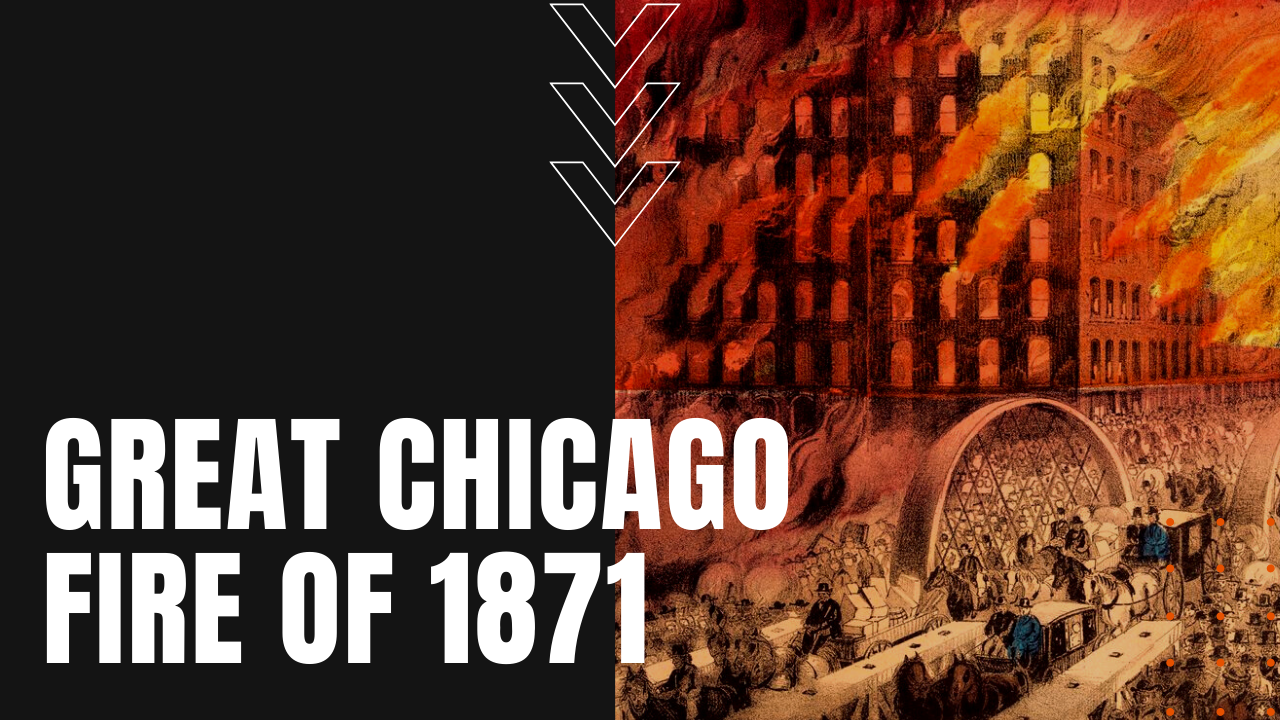Great Chicago Fire of 1871

Which Animal is Blamed for Starting the Great Chicago Fire of 1871?
On the evening of October 8th, 1871, a fire broke out in or around a barn in Chicago’s southwest side, behind the home of Patrick and Catherine O’Leary, and while folklore holds that the blaze broke out after the family’s cow knocked over a lighted lantern, Catherine O’Leary denied such a claim, all the way to her death in 1895.
Stoked by dry conditions and city dwellings built largely of wood, the city burned until October 10th, when a sudden rainstorm gave a boost to firefighting efforts.
The Great Chicago Fire’s Destruction
Before the conflagration was over, an estimated 300 people had perished, destroying more than 17,000 structures in a four-mile-long by one-mile wide path of destruction, leaving 100,000 Chicagoans homeless. Widespread looting and lawlessness was to follow, forcing city officials to declare martial law on October 11th, before calling in soldiers to bring order to three days of total chaos.
One month after the last flames were put out, Joseph Medill was elected mayor, after pledging to institute stricter building and fire codes. Historians, on the other hand, have conjectured that Medill’s victory may have been attributed to the fact that nearly all the city’s voting records had been destroyed by fire, allowing certain dishonest manipulators to vote repeatedly for their chosen candidate.
Rebuilding Modern Chicago
Transportation and sanitation infrastructures remained largely intact after the fire, sparking a rapid reconstruction effort that ignited both economic and population growth in the years to follow, allowing architects to lay the foundation for modern Chicago. At the time of the fire, Chicago boasted a population of 324,000, but nine years later, Chicago’s population exceeded half a million people. By 1890, Chicago’s population would swell to over a million, making her the second-largest city in the U.S. Three years later, Chicago was host to the World’s Columbian Exposition, which drew nearly 28 million tourists to the city.
Today, by way of a fitting irony, the Chicago Fire Department’s training academy is located on the exact site of the O’Leary’s old property, while in 1997, the Chicago City Council exonerated Catherine O’Leary from any and all blame for the Great Chicago Fire. As for the cow, on the other hand, guilty as charged.
